#billing
Chapters and interviews tagged with ‘#billing’
Related Book Chapters & Interviews
 Interview № 24 of 24
Brennan Dunn
Interview № 24 of 24
Brennan Dunn
Brennan is a co-founder of Right Message. In this episode, we talk about the path he’s taken that led him to create Right Message and what he’s learned about building and launching SaaS applications based on his experiences with his various products.
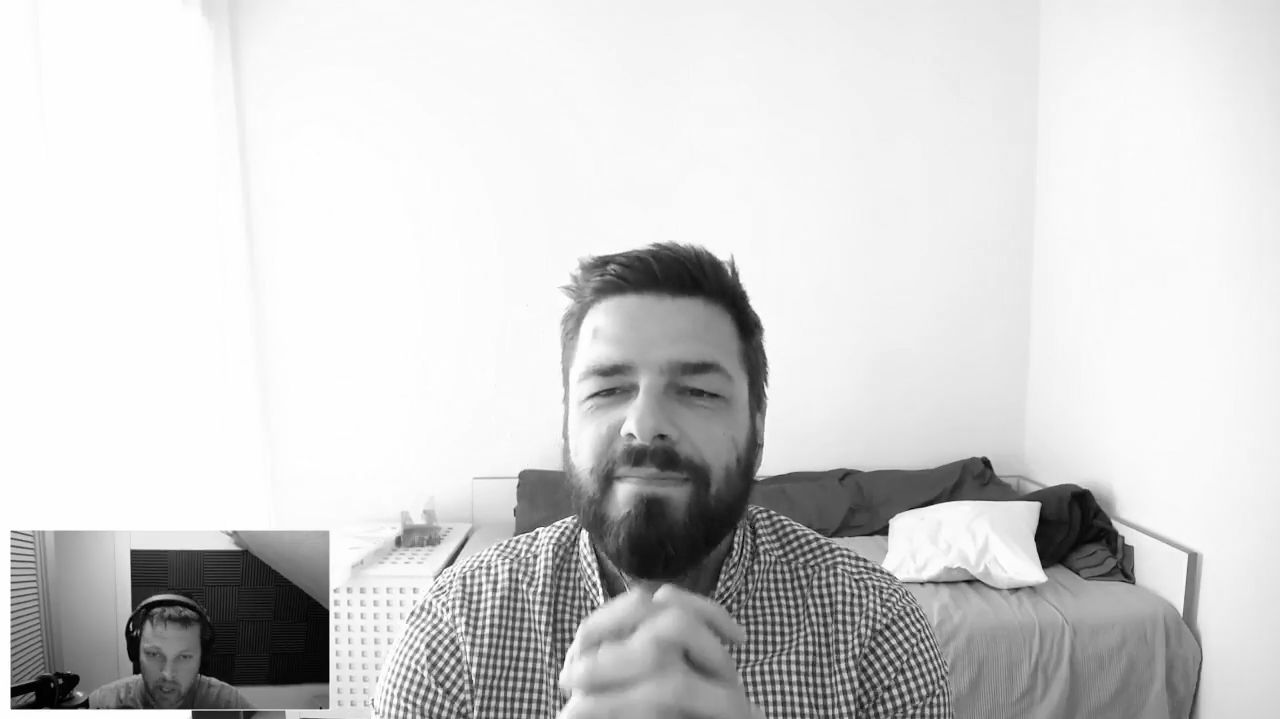 Interview № 23 of 24
Mathias Meyer
Interview № 23 of 24
Mathias Meyer
Mathias is one of the original founders of Travis CI. In this episode, we talk about the difficulty of leaving the company he helped start, and the challenges of moving on.
 Interview № 21 of 24
Steve McLeod
Interview № 21 of 24
Steve McLeod
Steve McLeod is the founder of Feature Upvote, a SaaS tool to enable your customers to suggest and upvote improvements. In this episode, we talk about and compare his experiences running both a B2C app and B2B app and the value of having a part-time system administrator on retainer.
The word “beta” gets thrown around in the early days of building an application, but teams rarely understand what it really means. “Beta” is more of a process than a point in time. It’s as much about learning as it is about sharing, and you have to design your beta to gather feedback.
Chargebacks will happen. Hopefully you won’t have many, but when you do, it’s important to understand what it means and what you can do about it, if anything.
In the early days, you’re too small for churn to be a meaningful statistic, but after those first 100 accounts, mitigating churn can help you grow much faster. So how do you know if you should focus on getting new signups or decreasing churn?
How can you minimize the number of failed payments, and how should you handle them when they happen?
It’s unfortunate, but not everyone on the internet means well. If you put a payment form online or give people a way to post public content, you’ll eventually get a visit from a spammer or scammer. You must address it, but don’t let it get to you.
You’re inevitably going to face new tasks that require new skills. Being in a constant state of learning can be overwhelming and distracting. Do your best to stay focused and take it one skill at a time.
Every business needs a way to accept payments, and there are many ways to handle them. Make sure you carefully weigh the pros and cons of each form of payment, as well as the providers that process your payments.
Pricing is one of the most interesting dials you can adjust with software, and more often than not, you’ll want to adjust your pricing upward.
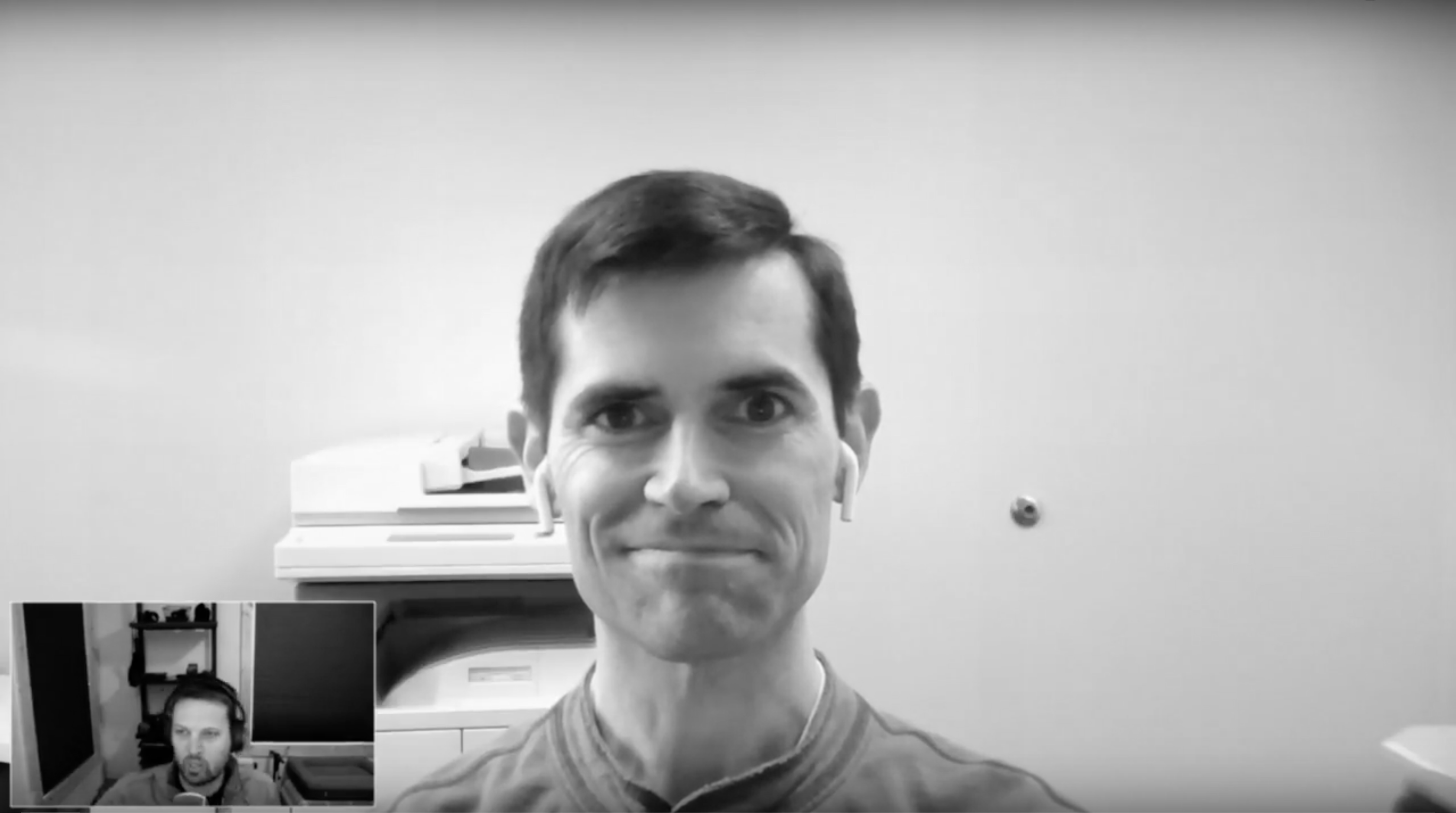 Interview № 20 of 24
Ben Curtis
Interview № 20 of 24
Ben Curtis
Ben and his co-founders started Honeybadger after a bad experience with an existing exception tracking tool. With a focus on customer service, they’ve successfully bootstrapped it into a healthy and sustainable full-time endeavor.
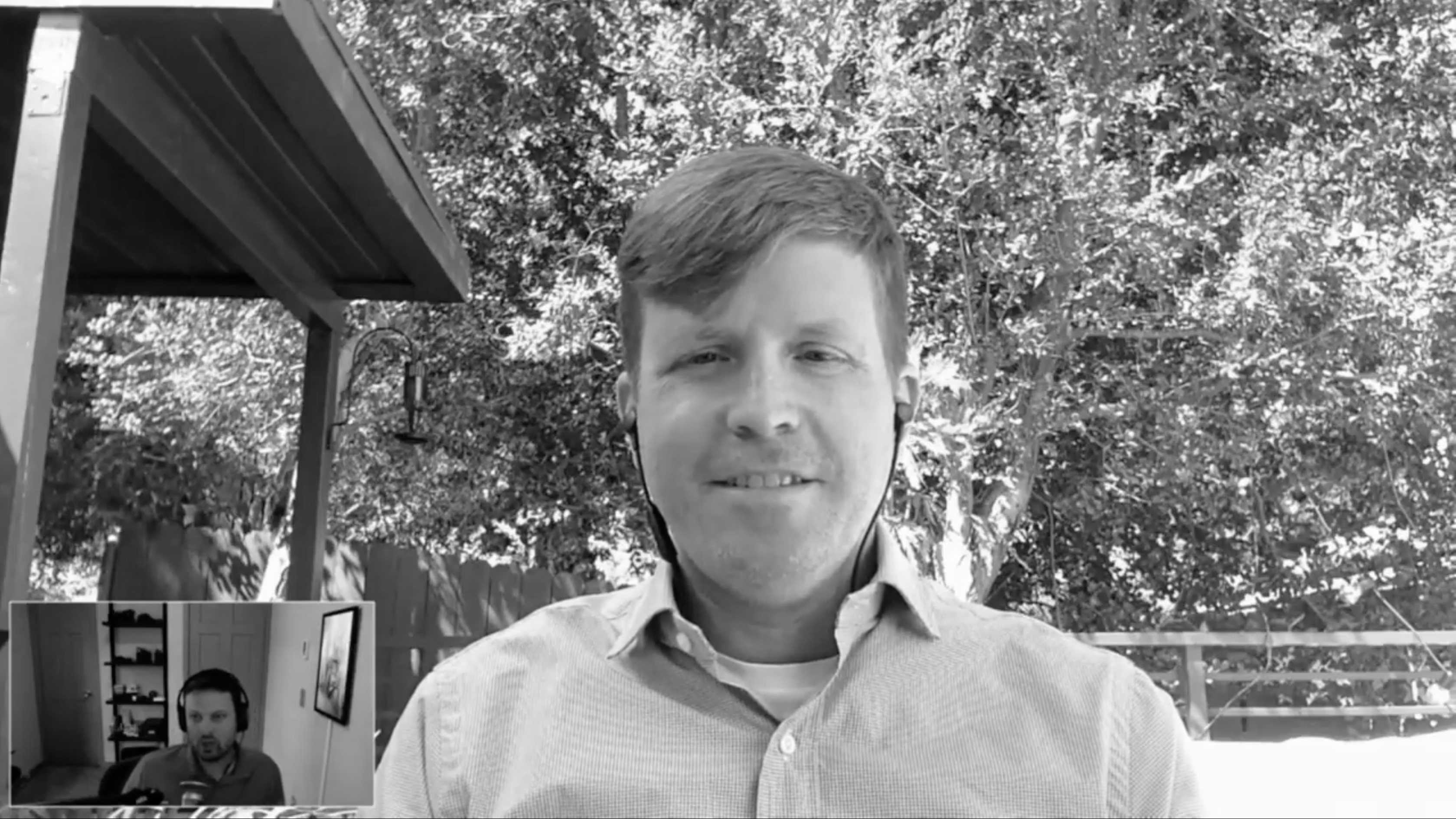 Interview № 19 of 24
Scott Nixon
Interview № 19 of 24
Scott Nixon
Scott Nixon is the co-founder of Meal Mentor, a subscription-based vegeterian meal planning service. Scott handles the technology side of the business and works to keep the operational side of things humming with software.
 Interview № 18 of 24
Matt Goldman
Interview № 18 of 24
Matt Goldman
Matt and I talk about running a SaaS business after acquiring it, the mistakes they made early after taking over Churn Buster, and the common ways that SaaS businesses get dunning wrong and how they can do better. We also talk about the value of iteratively improving automation for tasks and how important it is to clearly document and explain manual process.
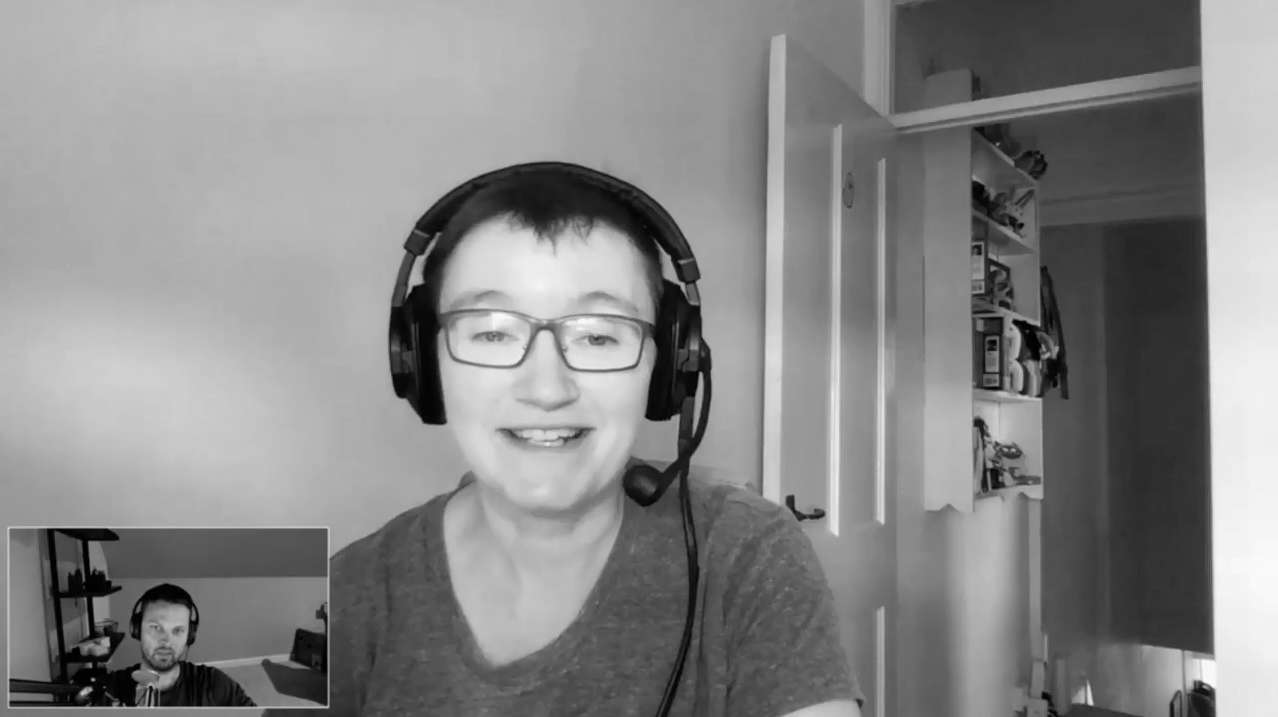 Interview № 17 of 24
Rachel Andrew
Interview № 17 of 24
Rachel Andrew
Rachel and I talk about what it’s like supporting self-hosted software, juggling a busy travel schedule to make time for work. She’s been working on Perch with her husband Drew for eight years, and they’re still going strong.
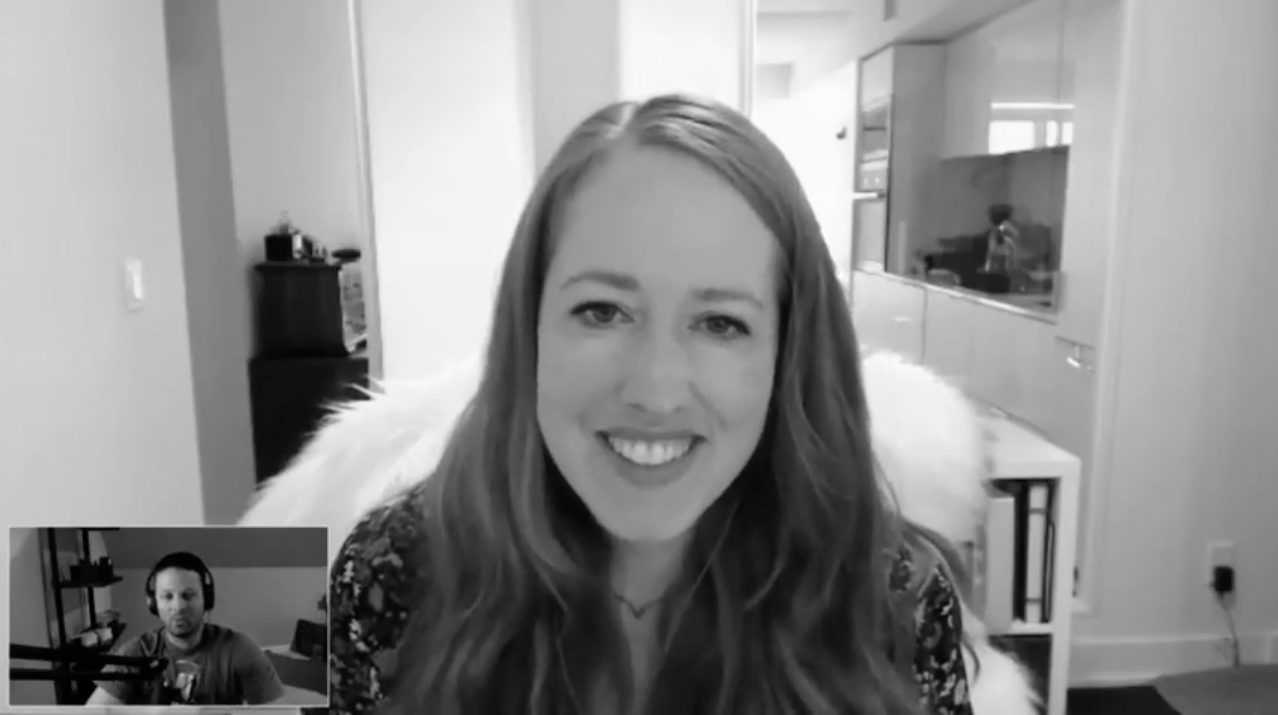 Interview № 16 of 24
Tracy Osborn
Interview № 16 of 24
Tracy Osborn
Tracy and I talk about her experience building and running Wedding Lovely, raising some funding for it, losing a co-founder, and even going through a heart-breaking acquisition process with Etsy. Through it all, she’s kept going and even published books to help others build their own web applications. She’s a brilliant example of someone that simply won’t give up, and while there’s no IPO looming, she’s making a great living doing what she loves with a small team.
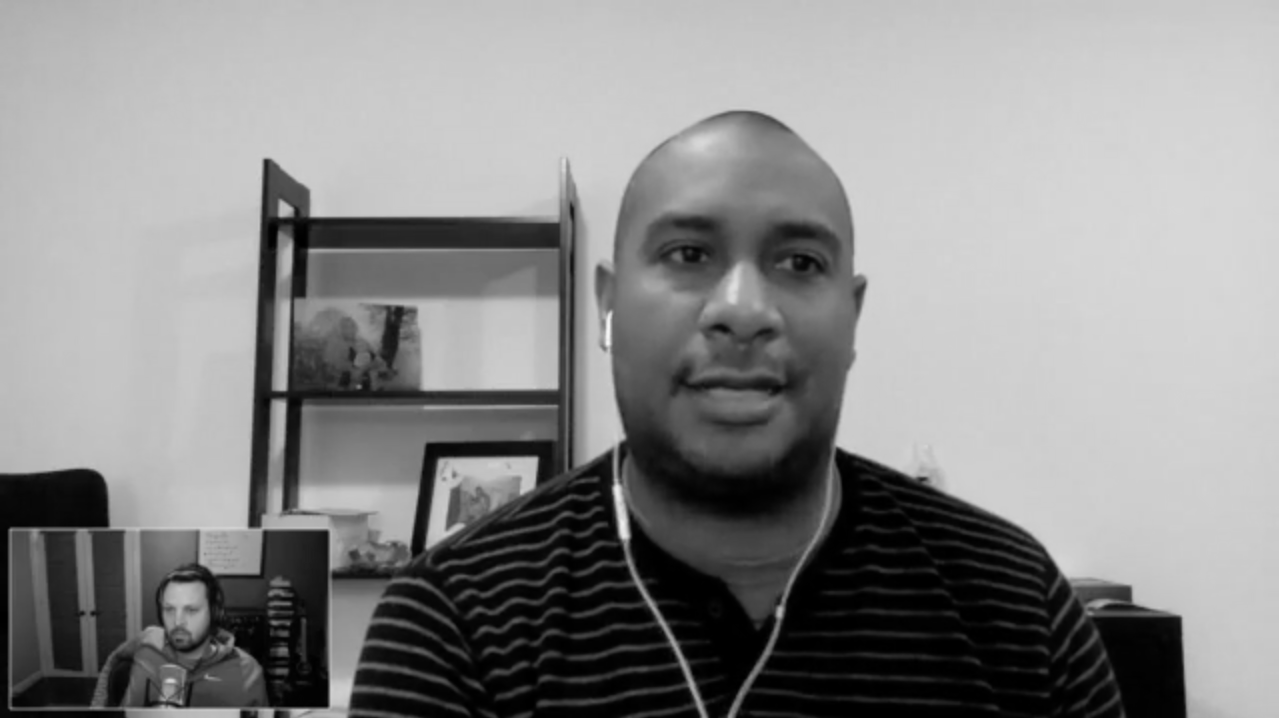 Interview № 11 of 24
Ruben Gamez
Interview № 11 of 24
Ruben Gamez
Ruben’s story with Bidsketch is a great example of how a simple small business can grow into something healthy sustainable on a reasonable timeline. He started out simply with very little in the way of expectations, and bootstrapped the business to profitability it on the side of a full-time job and now manages a remote team of four additional people. We talk about the challenges of growing and managing a remote team as an introvert, the process of recovering after he accidentally deleted all of the customer billing data, and much more.
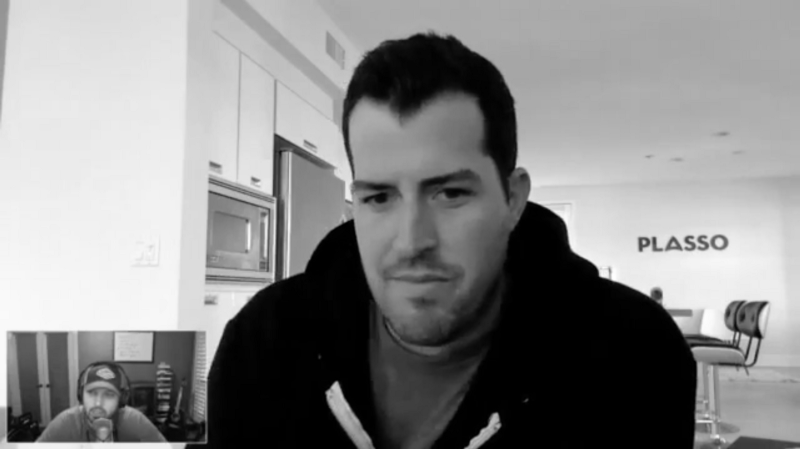 Interview № 9 of 24
Drew Wilson
Interview № 9 of 24
Drew Wilson
Drew and I discussed his various projects that led him to create Plasso as well as how successful businesses developed out of years of experimentation and cross-pollination. We also talked about some of the differences with bootstrapping versus raising an angel round through Drew’s experience on both sides.
 Interview № 8 of 24
Josh Pigford
Interview № 8 of 24
Josh Pigford
Josh and I discussed bootstrapping, accepting outside money, the drawbacks of hiring too fast and having to ask his team to take a pay cut. We also talk about how metrics simply aren’t important in the early days and how nothing beats spending time to talking to your customers in person.
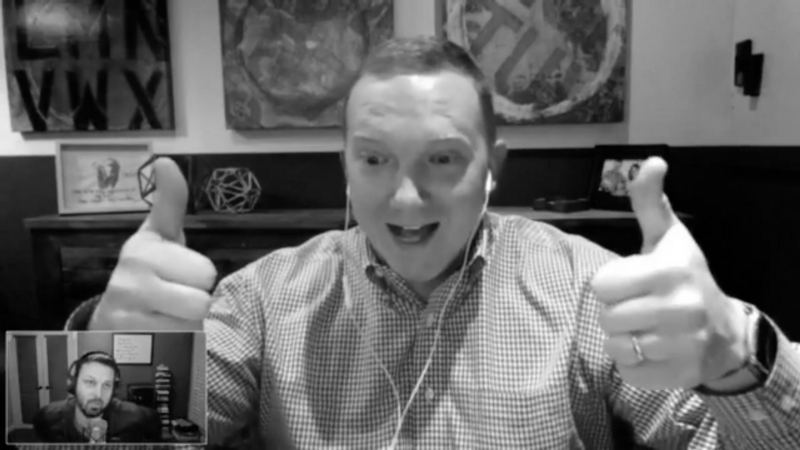 Interview № 6 of 24
JD Graffam
Interview № 6 of 24
JD Graffam
JD and I talk about buying and selling SaaS applications and share some details from the process of selling and transferring Sifter. JD shares what it’s like juggling multiple businesses and how he makes it work, and he dives into the attributes and insights he uses to decide whether a SaaS application is a good opportunity or not and how he does business a bit differently. This is an episode that’s near and dear because I feel like it shares some of the less-often seen aspects of transactions like selling businesses. I really hope you enjoy it.
 Be Fully-prepared to Launch Your Own SaaS Application
Be Fully-prepared to Launch Your Own SaaS Application
Get a free playbook, worksheet, and short email course to help you navigate the journey so you can be ready to build your own SaaS application.